Wisconsin educators take on the surge in early speech delays
The number of children with speech and language impairments has grown in the wake of the COVID-19 pandemic, leaving teachers and researchers struggling to provide more support for kids and caregivers.
By Zac Schultz | Here & Now
November 28, 2023
The children in an Early Head Start classroom in Milwaukee look and sound like typical two-to-three year olds. But they were born during the COVID-19 pandemic, and chances are some of them may be at risk of developing a speech delay.
“So, we have actually seen a very big uprising in speech and speech impairments and language impairments,” said Nichole Spooner, the director of comprehensive services at Next Door Foundation, a Head Start program in Milwaukee.
She said young children were severely impacted by the lockdowns.
“They were facing isolation, stress with their families, trauma, things of that nature,” Spooner said. “And so they’re coming in now with really some challenging behaviors: speech delays, things of that nature. I think we’re up about 10% right now in children who have speech delays diagnosed.”
Across Wisconsin, it’s the same story.
“I’ve definitely seen an increase in the number of referrals. I would say it’s not abnormal for me to get at least one speech referral per day, said Max Long, the director of student services at the Platteville School District.
He has four full-time speech language pathologists on staff, and their caseloads are maxed out.
“We often go back to the drawing board quite a bit with our schedules when we get new students in our caseloads,” he said. “To try to move things around and make it work.”
Once a student is diagnosed with a speech delay, federal and state laws mandate the district provide the services they need, whether they have the funding or not.
“There’s just too many kids for me to fit in,” said Megan Bohlken, a speech pathologist for Platteville schools.
She has been at Platteville for 12 years, and said the issue isn’t just kids that can’t articulate — some kids struggle to use speech to interact at all.
“There are definitely kids who would just hand you stuff, and expect that you know what they want to do with it, and not say anything to you,” Bohlken said.
“Early language skills are one of the best predictors of academic, social, vocational outcomes,” saidRebecca Alper, a University of Wisconsin-Madison assistant professor and researcher at the Waisman Center studying early language and literacy intervention.
“We’re really just trying to get a sense for where the child’s language levels are,” she said.
Alper said the COVID-19 pandemic highlighted a lot of existing health disparities along the lines of race, income and access to services, and young children were no different.
“It’s very hard to focus on early language intervention when you’re experiencing housing insecurity, food insecurity, all those sorts of things,” she said.
Alper’s team is studying how best to support caregivers of young children since language development starts at birth.
“Do they have this word? So if they say nana for banana, we would still count it on this measure,” she explained during a research training session.
“What would be the most supportive long-term is to really help support early identification and early intervention, because the earlier we can intervene, the better the long term prognoses are,” said Alper.
“I have one for everybody. Peyton, would you like to put a vest on?” said Shakeda Caldwell to a student at Next Door, which use a system called LENA to help identify kids with possible speech delays.
“These vests are going to record the amount of interactions that we’re having with each other,” she said. “It’s going to tell us how often we talk to each other because talking is very important.”
“It’s like a superhero this time — yes,” replied one student.
Caldwell is a lead teacher in the classroom, and convinces the kids to wear vests that contain a small device that monitors and counts interactions between kids and teachers.
“But guess what it’s gonna do? It’s going to help you to talk more,” she said. “And it’s going to help your teachers talk to you more. And we’re going to build lots of vocabulary together.”
Tonya Hameister is the director of education services at Next Door, and said LENA is a coaching program.
“They are actually recording the frequency of the interactions between the teachers and the children,” she explained.
When they download the data from the recorder, it creates a chart to show the number of times a student and teacher talk to each other. That lets the teachers know which students need more attention.
“If I have that child who scored lower, who wasn’t having many interactions, then I will plan. So OK, I’m going to have a one-on-one with this child. Maybe I’m going to read more books with him,” Caldwell explained. “I want him to name — I’m going to ask him what does he see in the book so I can get those words out of him.”
Hameister said LENA started as a research program, but now Next Door has adopted it for all Early Head Start classrooms.
“For our children we saw an increase, especially in the children that really were maybe not as verbal, not as expressive. We saw an increase, a pretty significant increase in the amount of interactions,” she said.
Hameister said Next Door is fortunate enough to have a lot of community support, but she worries about schools that are dealing with a budget crunch and a surge in speech referrals.
“It’s a challenge. It is a huge challenge. We know a lot of our systems are resource depleted and they’re tired,” said Hameister.
In the 2023-25 state budget process, Democratic Gov. Tony Evers proposed using the budget surplus to put an extra $1 billion into special education funding.
That would have brought the state’s contribution towards special education costs to 60%, a dramatic jump from the current 31%.
Republicans in the Legislature allotted an extra $107 million statewide over the two-year period, just a 2% increase.
In Platteville, Long said the increase isn’t even a real increase.
“They did not adjust for inflation,” he said. “When you look at those numbers, it’s not necessarily that we’re getting slightly more — we may be getting slightly less.”
Bohlken says burnout in her industry is a real concern, and while they’re doing OK right now, in February they start screenings for the 4K students where the next wave of speech delays is waiting to be identified.
“The thing that’s making me a little overwhelmed is like the number,” said Bohlken. “They keep coming, Those referrals keep coming. As those kids are evaluated and if they qualify, getting them added on to my schedule, that’s when it’s going to start to be, ‘Now I feel like I’m drowning — now what are we going to do?'”
 Passport
Passport




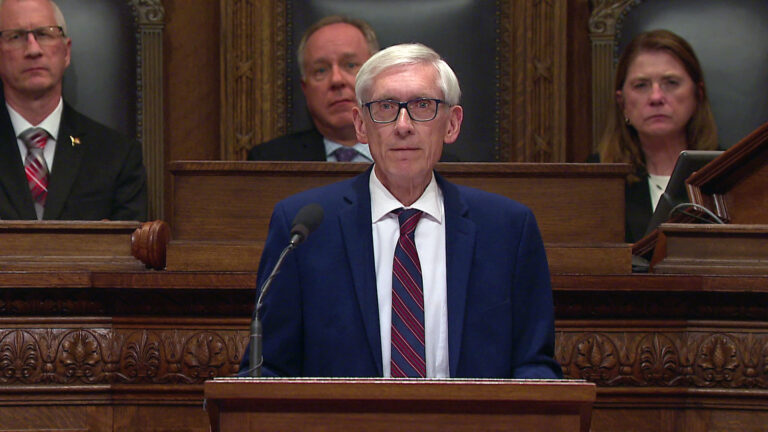
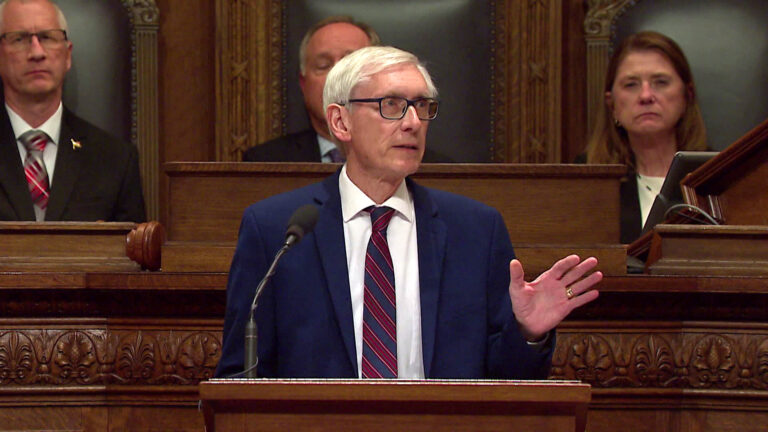

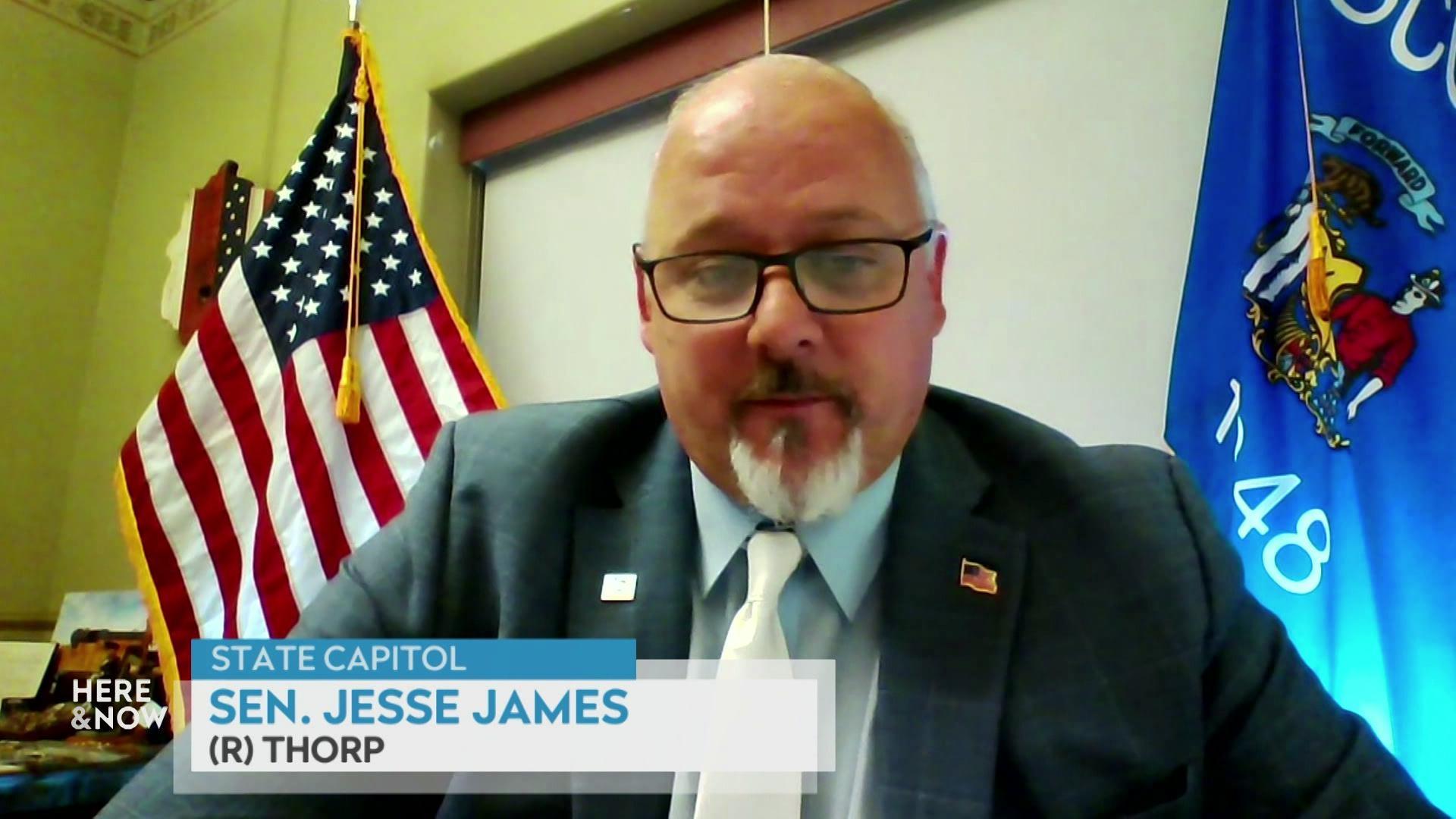
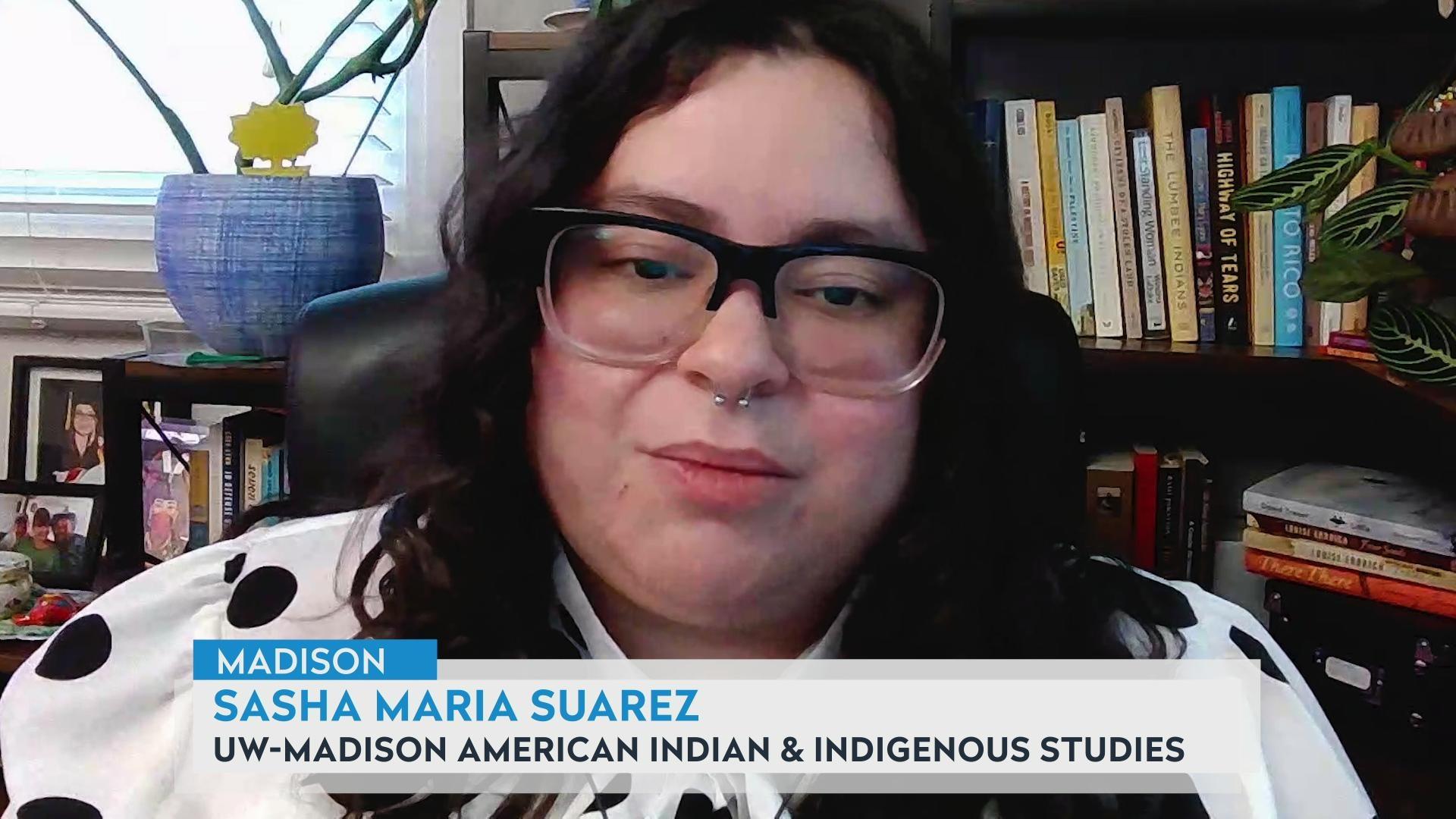
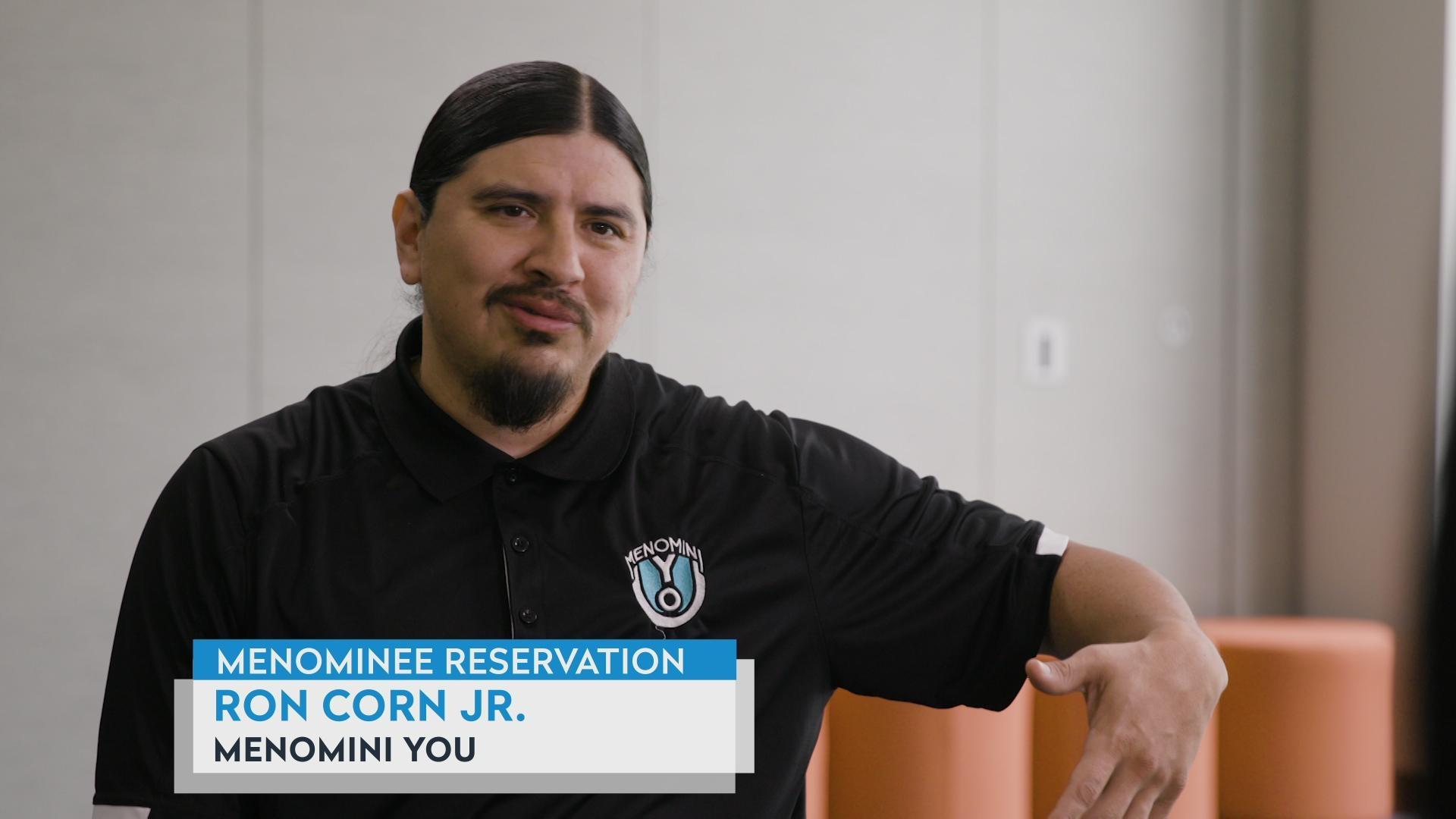

Follow Us